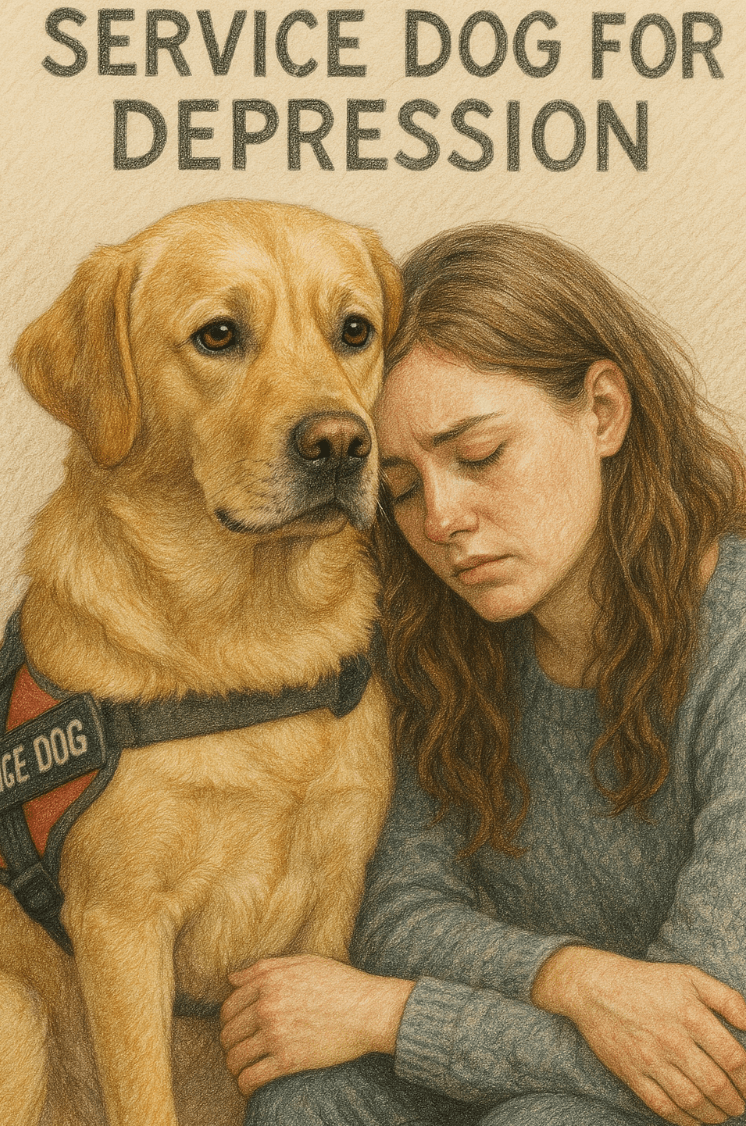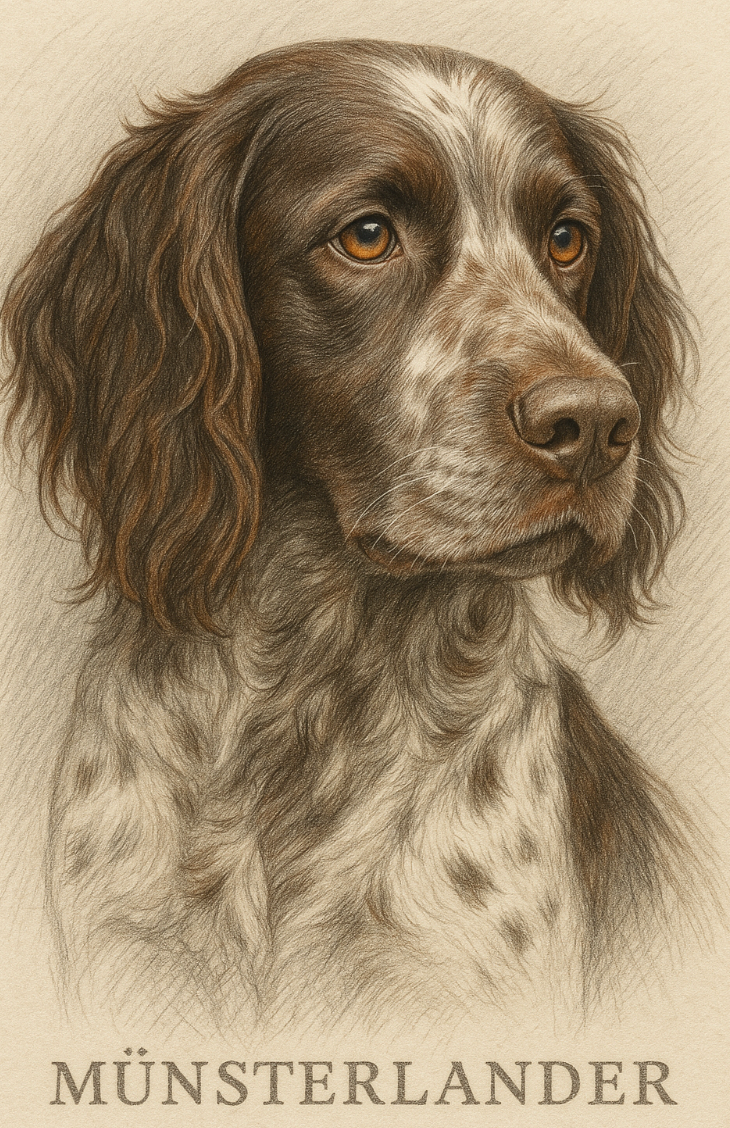Dog Brain vs Human Brain: Exploring the Fascinating Differences
Dogs are often called “man’s best friend,” and for good reason. Their loyalty, intuition, and ability to connect with humans are unparalleled. But have you ever wondered how a dog’s brain compares to a human’s? While both species share some similarities in terms of emotions and learning, their brains are wired differently, leading to unique abilities and behaviors. Understanding these differences not only deepens our appreciation for our canine companions but also helps us better communicate and bond with them. In this blog post, we’ll explore the fascinating world of dog brains versus human brains, uncovering what makes each so special.
Key Differences Between Dog Brains and Human Brains
While dogs and humans share basic brain structures, there are significant differences in size, function, and complexity. These distinctions explain why dogs excel in certain areas while humans dominate in others. Here’s a breakdown of the key differences:
Size and Proportion: A dog’s brain is much smaller than a human’s, typically making up about 1% of their body weight compared to 2% in humans.
Neuron Count: Humans have approximately 86 billion neurons, while dogs have around 530 million, impacting cognitive capacity and problem-solving skills.
Olfactory Bulb Size: Dogs have a much larger olfactory bulb, allowing them to process smells far more effectively than humans.
Social Processing: The human brain has highly developed frontal lobes for abstract thinking, while dogs rely on regions associated with social bonding and emotional processing.
Language and Communication: Humans use complex language centers in the brain, whereas dogs interpret tone, pitch, and body language rather than words.
These differences highlight the unique strengths of each species, showing that while humans excel in reasoning, dogs shine in sensory perception and emotional connection.
How Dog Brains Process Emotions Differently
Emotions play a central role in how dogs interact with the world—and their brains are wired to prioritize feelings over logic. This emotional intelligence is one reason dogs form such strong bonds with humans. Here’s how a dog’s brain handles emotions compared to a human’s:
Amygdala Activity: The amygdala, responsible for processing emotions like fear and pleasure, is more prominent in dogs, making them highly attuned to emotional cues.
Empathy and Bonding: Dogs have specialized neural pathways that help them sense human emotions, enabling them to comfort us during times of distress.
Reward System: A dog’s brain releases dopamine in response to praise or treats, reinforcing positive behaviors and strengthening the human-dog bond.
Fear Response: Dogs rely heavily on instinctual reactions processed in the limbic system, which can lead to quick responses to perceived threats.
Memory and Association: While humans rely on episodic memory, dogs use associative memory to recall experiences linked to specific emotions or actions.
Understanding how dogs process emotions helps us appreciate their sensitivity and adapt our interactions to nurture trust and companionship.
Check this guide 👉Understanding Dog Ear Canal Anatomy: Best 7 Expert Tips!
Check this guide 👉Dog Heart Anatomy: Best 7 Expert Tips!

Human Brain Characteristics | Dog Brain Characteristics |
|---|---|
Larger frontal lobe for reasoning | Smaller frontal lobe focused on instincts |
Advanced language processing | Relies on tone and non-verbal cues |
Complex abstract thinking | Stronger focus on sensory input (smell, sound) |
Higher neuron count (~86 billion) | Lower neuron count (~530 million) |
Developed self-awareness | Limited self-awareness but strong empathy |
Unique Abilities of the Dog Brain
A dog’s brain may not match the complexity of a human’s, but it possesses remarkable abilities tailored to survival and companionship. These traits make dogs extraordinary partners in work and play. Here’s what sets the dog brain apart:
Superior Sense of Smell: With up to 300 million olfactory receptors, dogs can detect scents at concentrations 100,000 times lower than humans.
Intuitive Social Skills: Dogs are adept at reading human facial expressions and gestures, often outperforming even primates in social tasks.
Adaptability to Training: The reward-driven structure of a dog’s brain allows them to learn commands and routines quickly through positive reinforcement.
Pack Mentality: Their brains are wired for teamwork, fostering loyalty and cooperation within groups—including their human families.
Rapid Emotional Responses: Dogs react almost instantly to changes in tone or body language, making them highly responsive companions.
These abilities showcase why dogs are so well-suited to life alongside humans, excelling in roles ranging from therapy animals to service dogs.
How Humans Can Leverage the Dog Brain’s Strengths
Understanding the unique capabilities of a dog’s brain allows us to strengthen our bond with them and enhance their quality of life. Here are practical ways to leverage their strengths:
Positive Reinforcement Training: Use treats, praise, and rewards to tap into their brain’s natural reward system and encourage desired behaviors.
Scent-Based Activities: Engage your dog’s powerful sense of smell through games like hide-and-seek or scent-tracking exercises.
Consistent Routines: Dogs thrive on predictability; establishing consistent schedules helps reduce anxiety and reinforces trust.
Emotional Support: Be mindful of your own emotions, as dogs pick up on subtle cues and respond accordingly—offering comfort when needed.
Interactive Play: Incorporate activities that stimulate both their physical and mental faculties, such as puzzle toys or agility courses.
By aligning our approach with the way a dog’s brain operates, we can foster a deeper connection and ensure their happiness and well-being.
Engaging Activities to Keep Your Dog Mentally Sharp
Just like humans, dogs need mental stimulation to stay happy and healthy. A stimulated brain not only prevents boredom but also strengthens the bond between you and your pet. Here are some activities that can challenge and engage your dog’s mind:
Puzzle Toys: These toys encourage problem-solving skills and provide a fun way for dogs to earn treats or food.
Obedience Training: Teaching new commands or tricks keeps their minds active while reinforcing discipline and focus.
Nose Work Games: Hide treats around the house or yard and let your dog use their incredible sense of smell to find them.
Interactive Playdates: Socializing with other dogs stimulates their social instincts and provides mental enrichment through play.
Rotating Toys: Introduce new toys regularly to keep your dog curious and prevent monotony.
By incorporating these activities into your dog’s routine, you’ll help them stay mentally sharp and emotionally fulfilled. A happy dog is a well-stimulated dog.
How to Recognize Boredom in Your Dog
If your dog isn’t getting enough mental exercise, they may exhibit certain behaviors that signal boredom or frustration. Recognizing these signs early can prevent destructive habits and ensure your dog remains content. Here are common indicators that your dog needs more brain stimulation:
Excessive Chewing or Digging: These behaviors often stem from pent-up energy or lack of engagement.
Barking or Whining for No Apparent Reason: Vocalizations can indicate restlessness or a desire for interaction.
Destructive Behavior at Home: Tearing up furniture or shoes may be a cry for attention or stimulation.
Lethargy or Lack of Enthusiasm: A bored dog might seem disinterested in activities they once enjoyed.
Pacing or Restlessness: This behavior suggests your dog is seeking something to do or explore.
Addressing these signs by introducing more stimulating activities can transform your dog’s mood and behavior. A little effort goes a long way in keeping your furry friend engaged.
How Nutrition Affects a Dog’s Cognitive Abilities
A dog’s diet plays a crucial role in maintaining their brain health and overall cognitive function. Providing the right nutrients ensures their brain operates at its best, especially as they age. Here are dietary tips to support your dog’s brain health:
Omega-3 Fatty Acids: Found in fish oil, these fats promote brain function and reduce inflammation.
Antioxidant-Rich Foods: Blueberries, spinach, and carrots help combat oxidative stress and improve memory.
High-Quality Proteins: Essential amino acids support neurotransmitter production, vital for brain activity.
Hydration: Proper water intake ensures optimal blood flow to the brain and prevents dehydration-related fatigue.
Avoid Processed Foods: Artificial additives and preservatives can negatively impact brain health over time.
Feeding your dog a balanced, nutrient-rich diet supports not only their physical health but also their mental well-being. Always consult your veterinarian before making significant dietary changes.
Frequently Asked Questions About Dog Brains vs Human Brains
Is a dog’s brain smarter than a human’s?
No, humans have greater cognitive abilities due to higher neuron counts and advanced reasoning skills. However, dogs excel in sensory perception and emotional intelligence.
Why do dogs seem to understand us so well?
Dogs have evolved to read human emotions and gestures, thanks to specialized neural pathways dedicated to social interaction.
Do dogs experience emotions like humans?
Yes, dogs experience emotions such as joy, fear, and love, though their expression and depth differ from human emotions.
Can dogs learn multiple languages?
While dogs don’t understand language in the same way humans do, they can recognize commands in different languages based on tone and association.
How does a dog’s sense of smell compare to a human’s?
A dog’s sense of smell is thousands of times stronger than a human’s, allowing them to detect minute odors and trace scents over long distances.
Final Thoughts: Celebrating the Unique Qualities of Dog and Human Brains
The comparison between a dog’s brain and a human’s reveals a beautiful balance of strengths and weaknesses. While humans possess unparalleled cognitive abilities, dogs bring unmatched emotional intelligence, sensory prowess, and unwavering loyalty to the table. By understanding and appreciating these differences, we can deepen our connection with our furry friends and create a harmonious relationship built on mutual respect and love. After all, whether it’s a wagging tail or a thoughtful conversation, both species enrich each other’s lives in ways that truly make the world a better place.
Omega Benefits Canine: Best 7 Expert Tips! Discover how omega fatty acids boost your dog’s health, from skin and coat to joints and immunity, with expert advice for optimal canine wellness.
Service Dog for Depression: Best 7 Expert Tips! Discover how service dogs provide emotional support, perform vital tasks, and improve mental health for individuals managing depression.
Is a Great Pyrenees a Family Dog? Best 7 Expert Tips! Discover expert advice on temperament, care, and training to determine if this gentle giant is the perfect family companion for your home.
Munsterlander Dog: Best 7 Expert Tips! Discover expert advice on training, care, and living with this intelligent, energetic breed for a happy and healthy companion.





